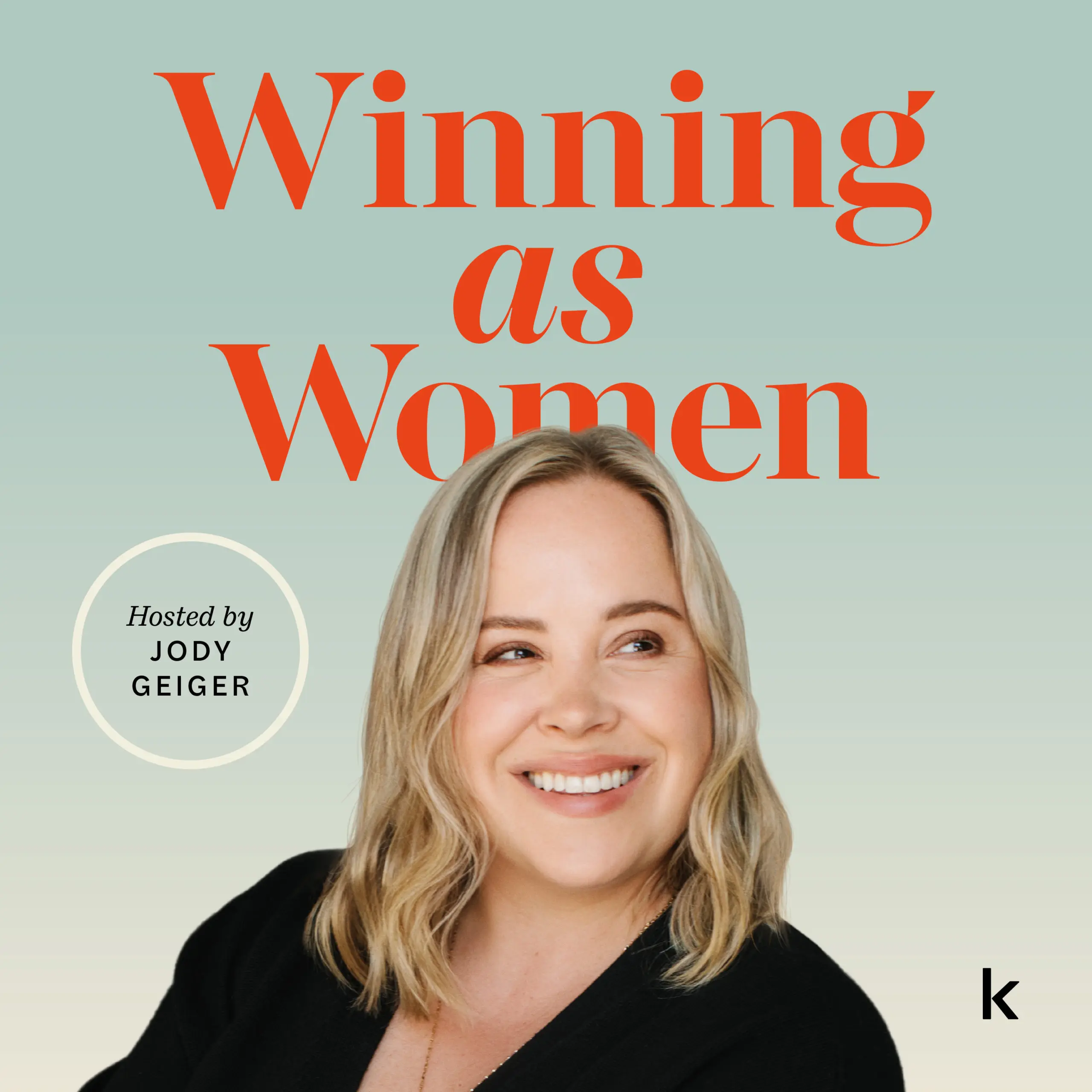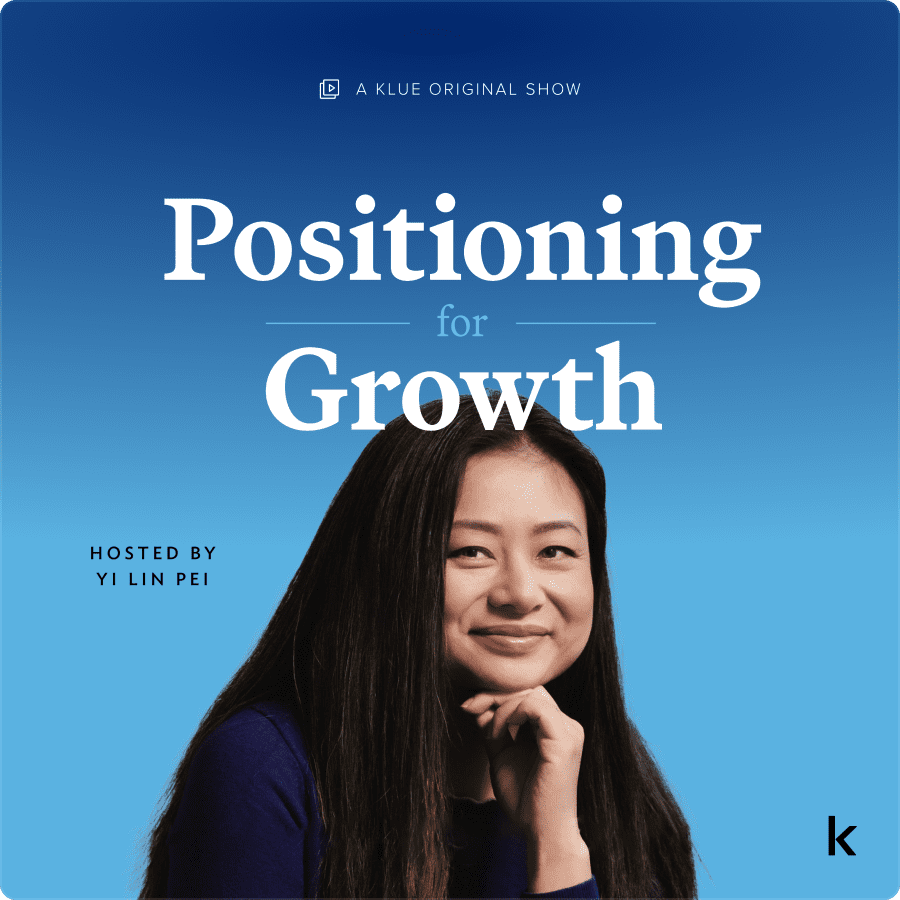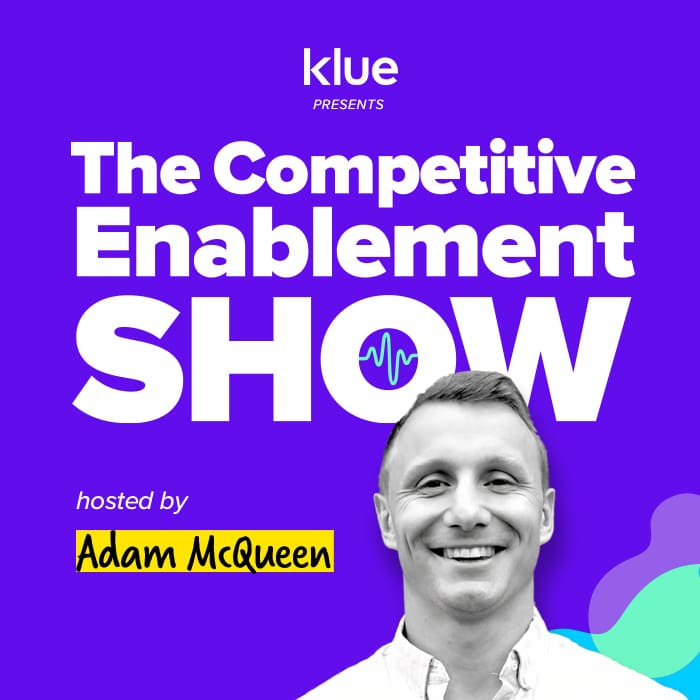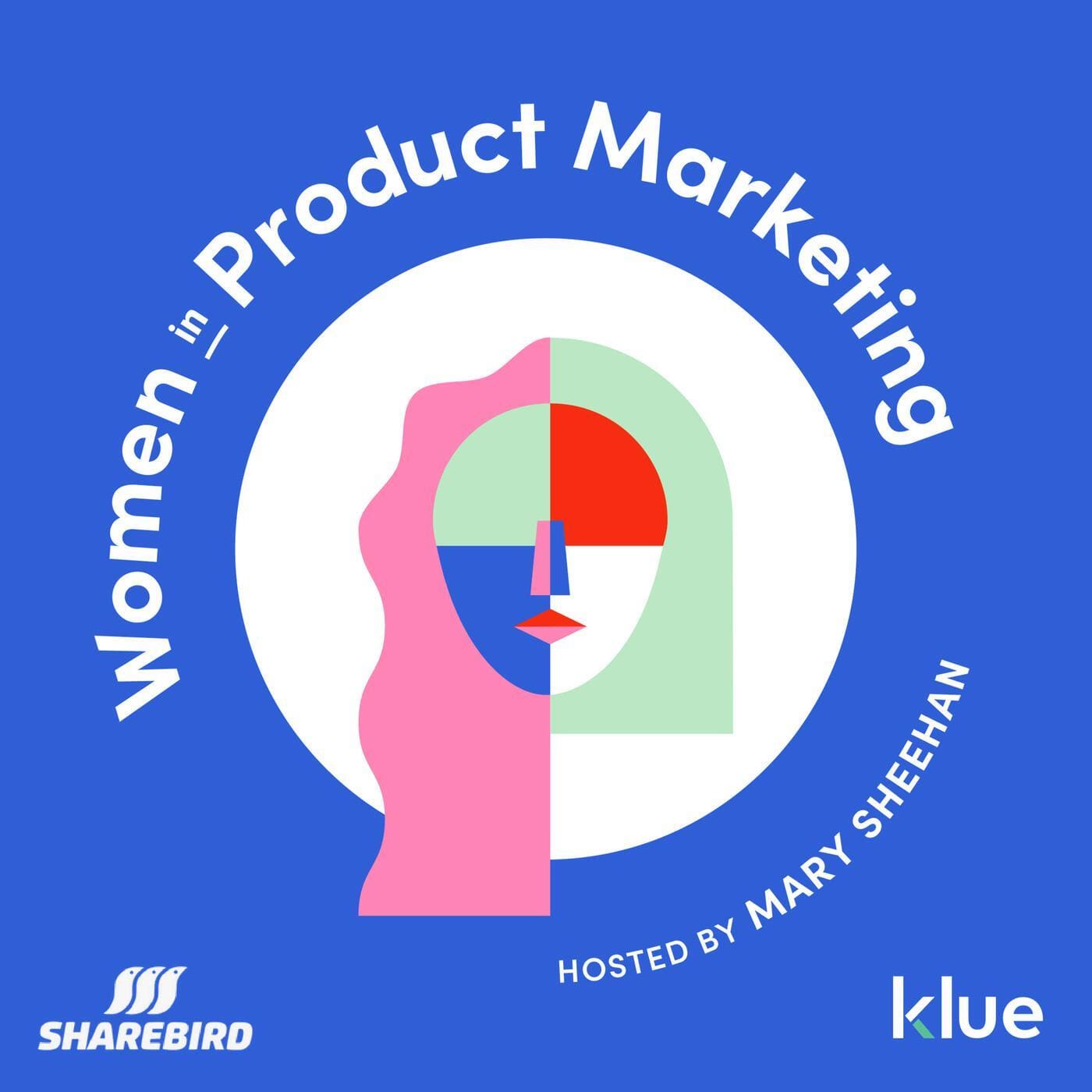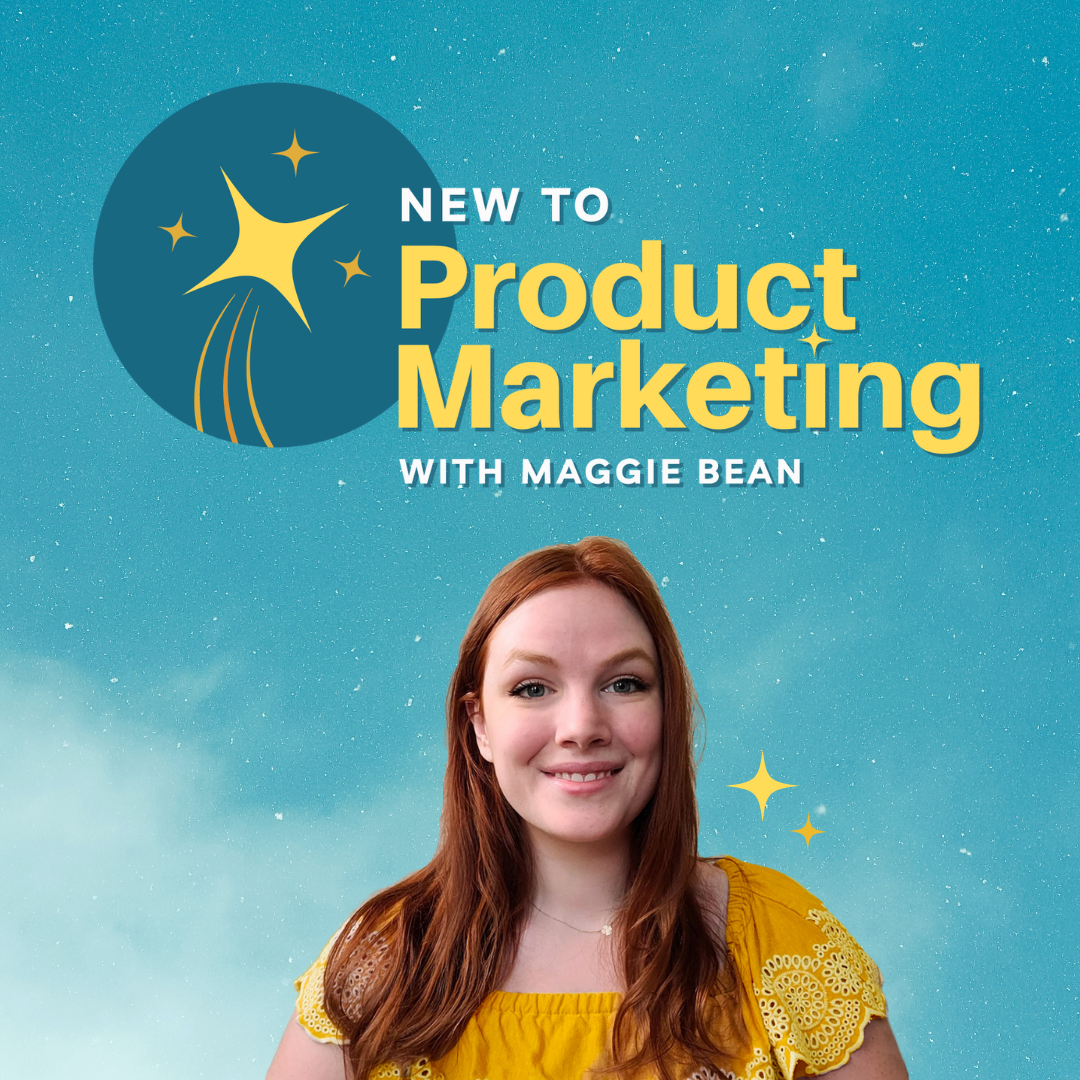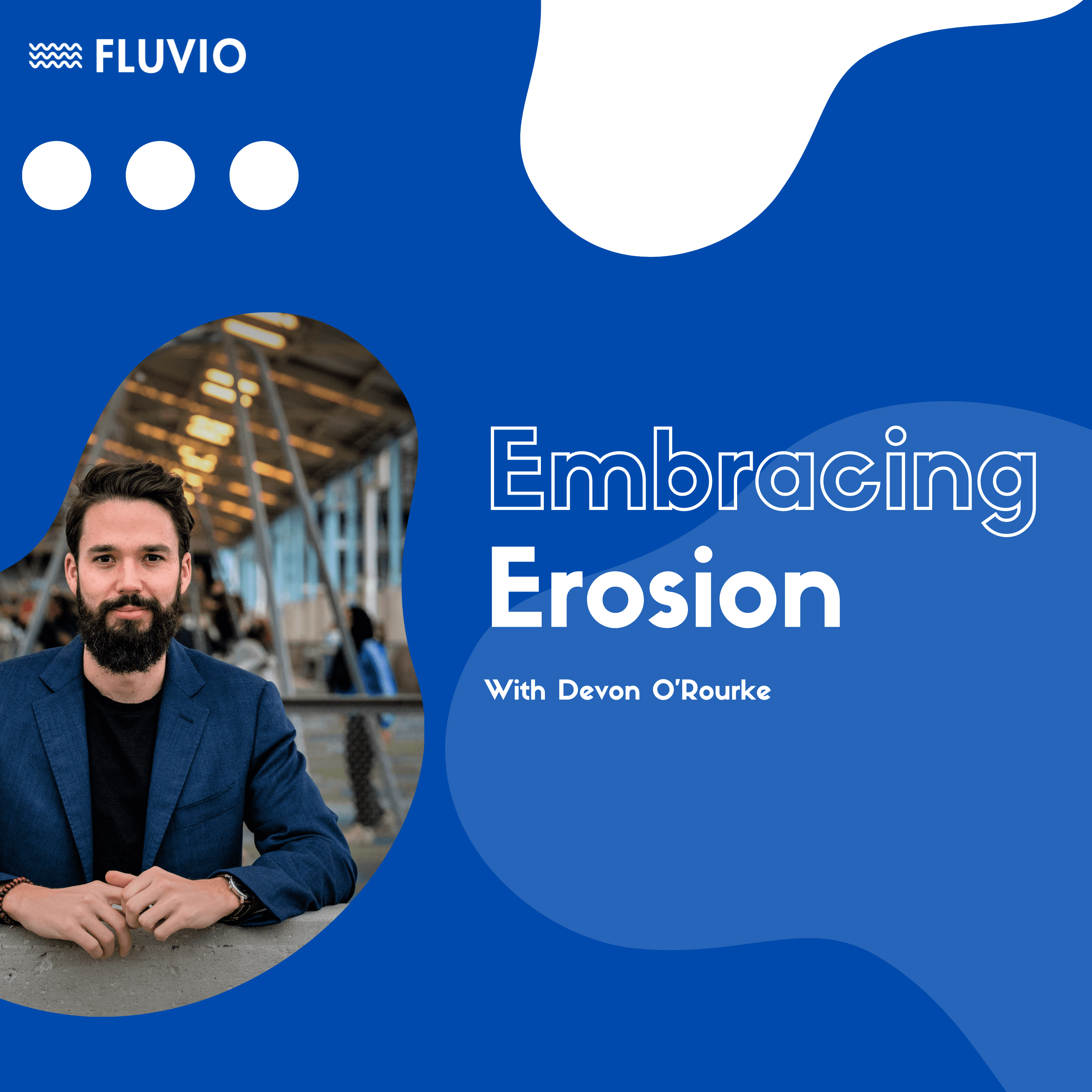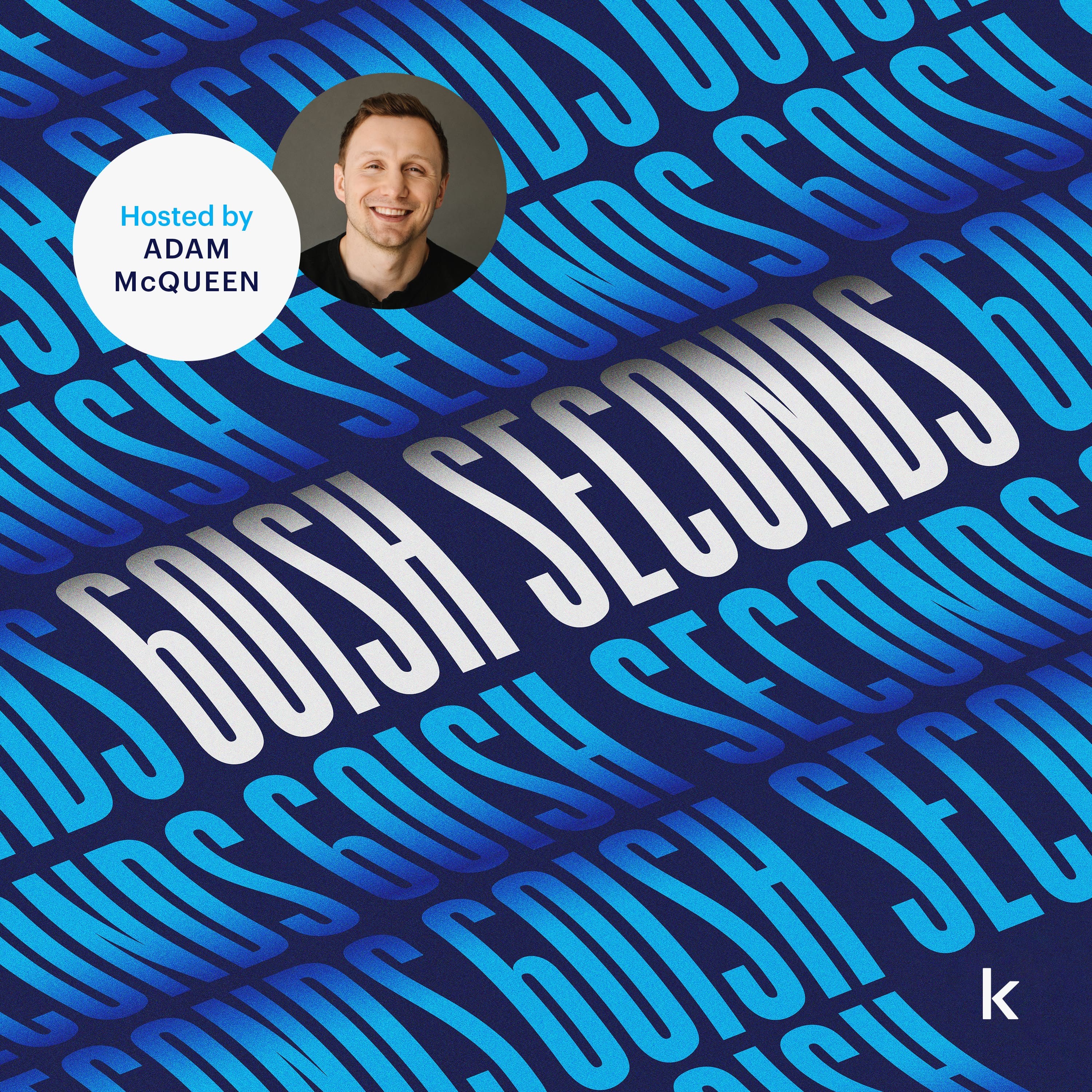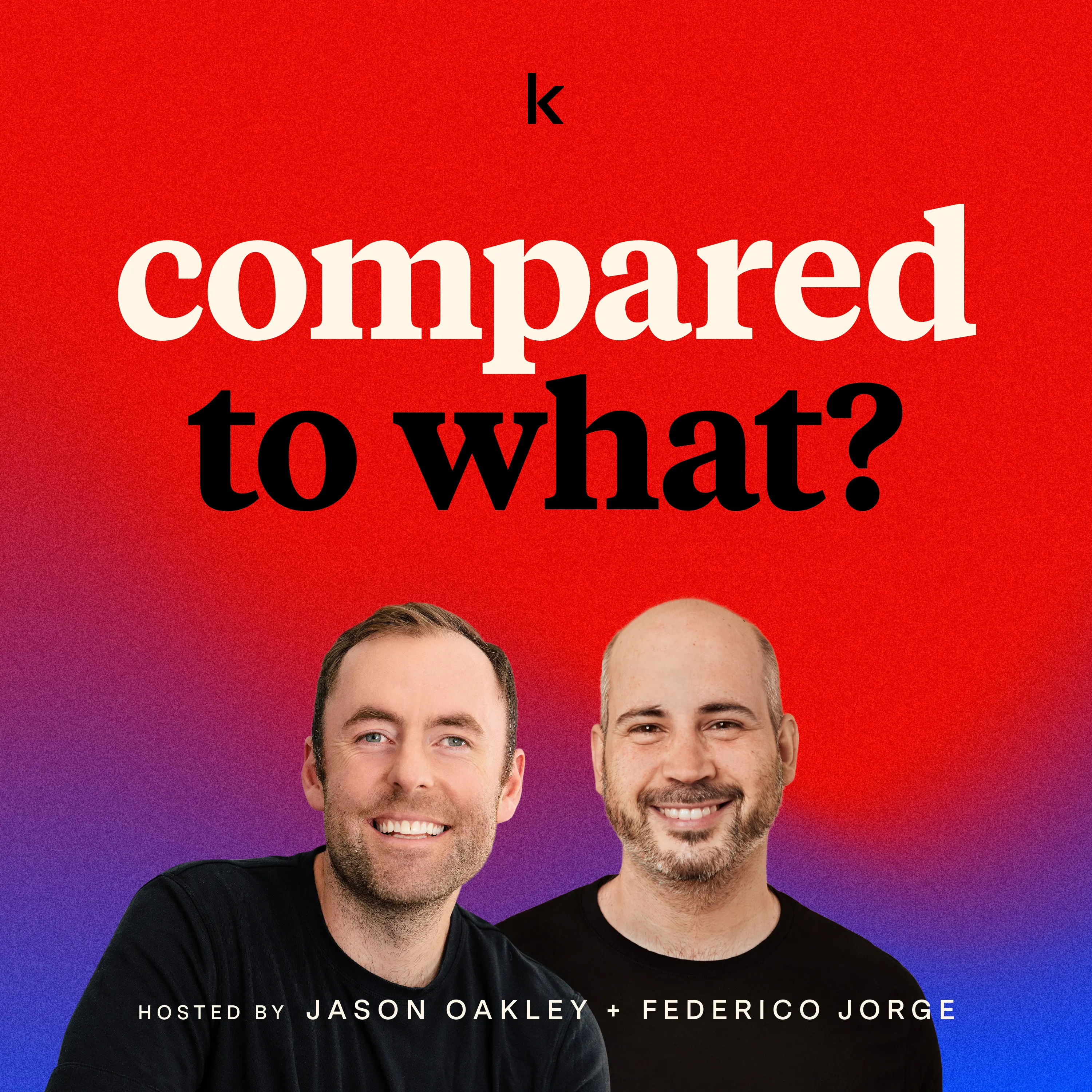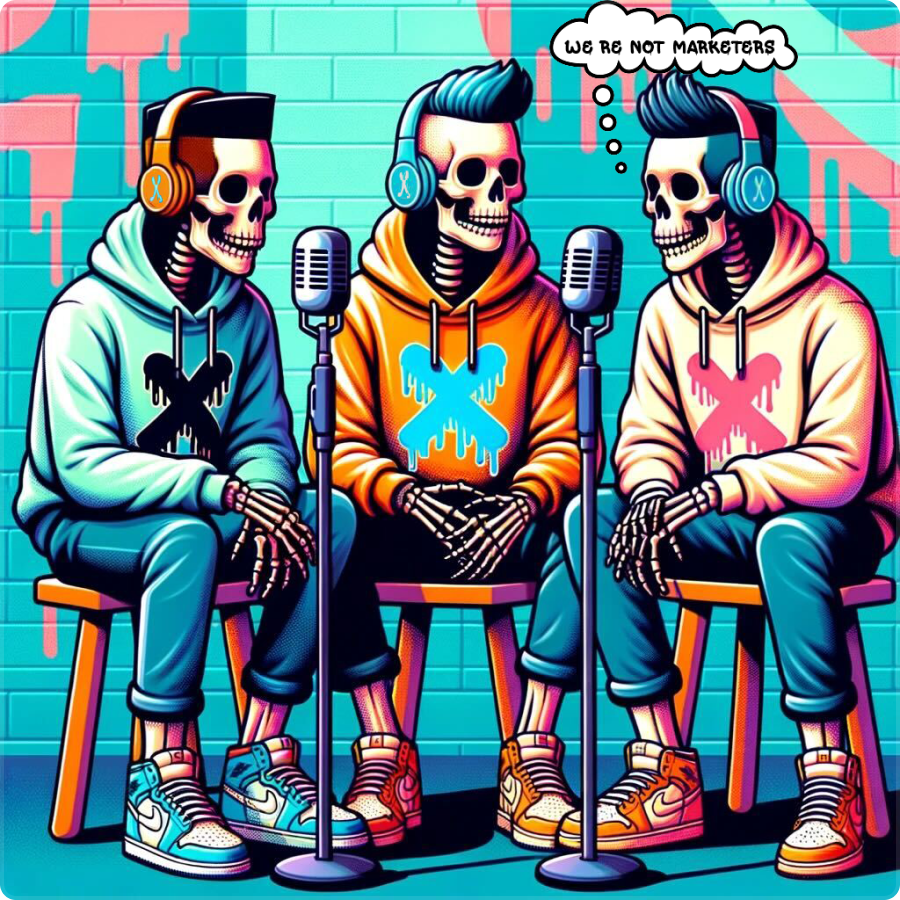Getting a Strategic Seat at the Table | Jennifer Roberts, ServiceTitan
The Sparknotes
Do the CI dirty work to set the foundation, then you can get strategic
“There’s table stakes to CI…the battlecards, the heat maps, all of that heavy desk research (…) But I think once you have that foundation in place, then you can start taking it to that next level.
We all want to be planning and strategizing for what’s to come down the road — not toiling away in the day-to-day grunt work.
But in order for your competitive enablement team to be viewed as a key strategic partner, you need to lay the groundwork for competitive enablement success.
“I think once you have that foundation in place, you start building the confidence [within the organization] that you have what you need to compete.” – Jennifer Roberts
With the base in place, you’ll have the space to take your compete program to the next level.
Things like influencing demand gen’s messaging based on your team’s insights, and getting those insights into pitch decks.
As you continue to demonstrate your expertise and ability to solve organizational problems, you’ll build confidence in your compete program.
And earn a strategic seat at the table.


Intel from win-loss interviews helps you speak powerfully to the insights you draw from them
“It allows me to speak and quantitatively tell [stakeholders] why we should care about something.”
Before starting her tenure at ServiceTitan, Jennifer made two stops along the way.
And at both stops, she started a win-loss program. The success of both programs in the past made it a guarantee that she would do the same at ServiceTitan.
“Is this something our customers really care about? Is this something that the market desires? And win-loss is definitely the vehicle for that.”
Jennifer says win-loss interviews — the intel she derives from them — allows her to be in real conversation with her product teams.
Knee-jerk reactions and quick assumptions about product improvements are dime a dozen. And frankly, not very useful.
However, armed with data, Jennifer can make powerful recommendations to the product team.
And as you expand your influence past the sales team to product and beyond, executives will begin to take notice and view you as a strategic asset in the organization.
They may even offer you a seat at the table.
Take your intel on a company-wide roadshow and present the findings
“It kills me when we fund a deep dive and it dies on the vine. Whenever I see that start happening, I will take that body of work and ‘roadshow’ it. ”
Doing a thorough analysis of any element of your business is a drain on resources.
Whether it’s the manhours you devote internally or the money you spend on external vendors, deep dives are all-consuming.
So if you do decide to bear the costs of this kind of research, you better make sure you get something out of it.
“It really comes down to how it’s presented. Getting memos in front of people with what are the top things as it relates to them.”
Jennifer ensures visibility into these big research projects by not only summarizing the recommendations but laying out what her team is doing to support these recommendations.
Then, taking it a step further, she can begin to ask probing questions to relevant stakeholders about what they plan on doing with respect to the recommendations.
These strategic stops on the roadshow reinforce the key points Jennifer has learned when it comes to getting a strategic seat at the table.
1️⃣ – Do the foundational CI work and do it well
2️⃣ – Use data from win-loss programs to validate your competitive recommendations
3️⃣ – Engage stakeholders early and often to increase visibility into your program.


NEWSLETTER

Competitive strategies in five minutes or less. Straight to your inbox.
The official newsletter of The Compete Network with the best compete content from Klue, our customers, and compete experts from around the industry. Coffee & Compete's got you covered.

